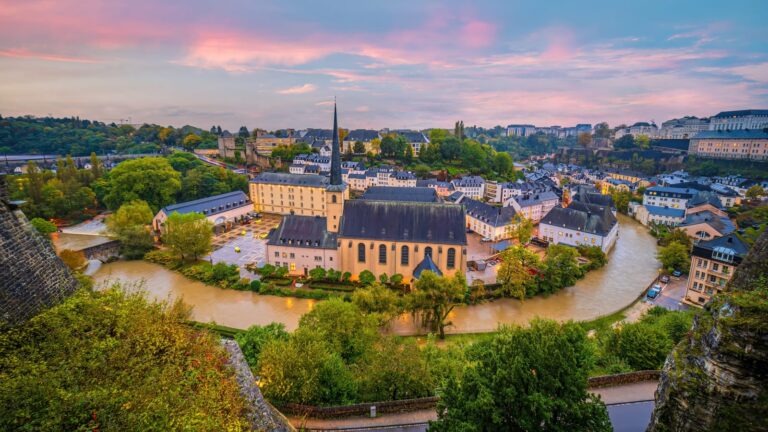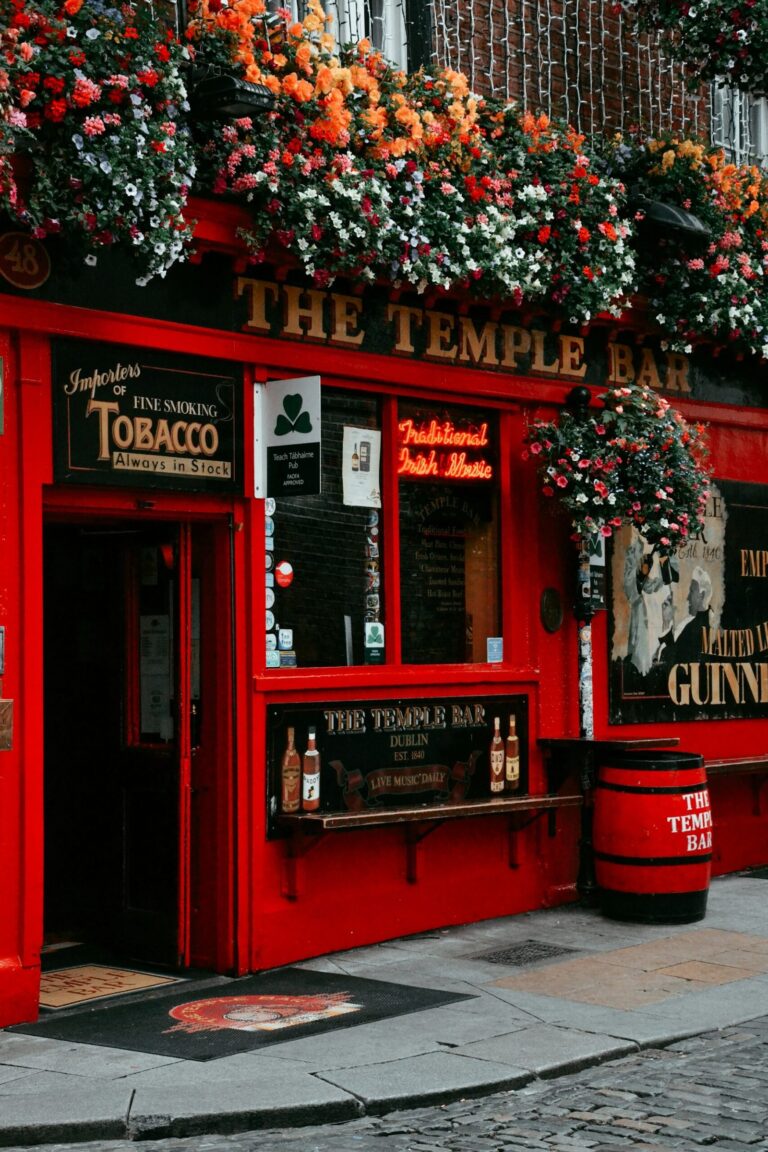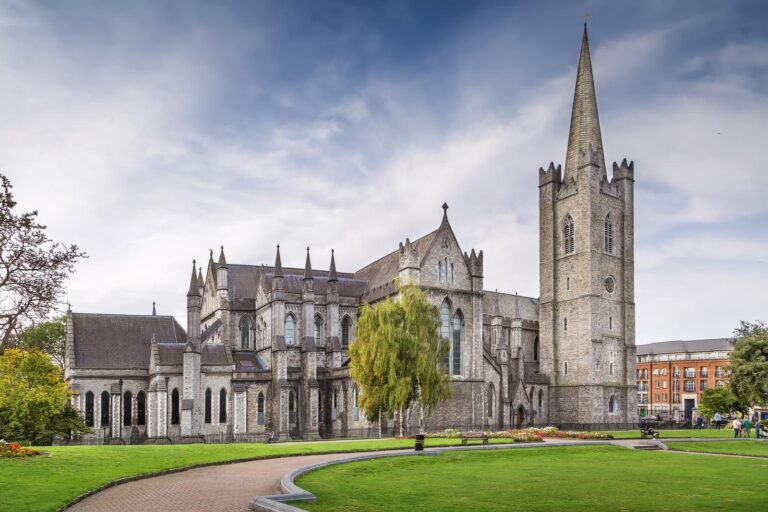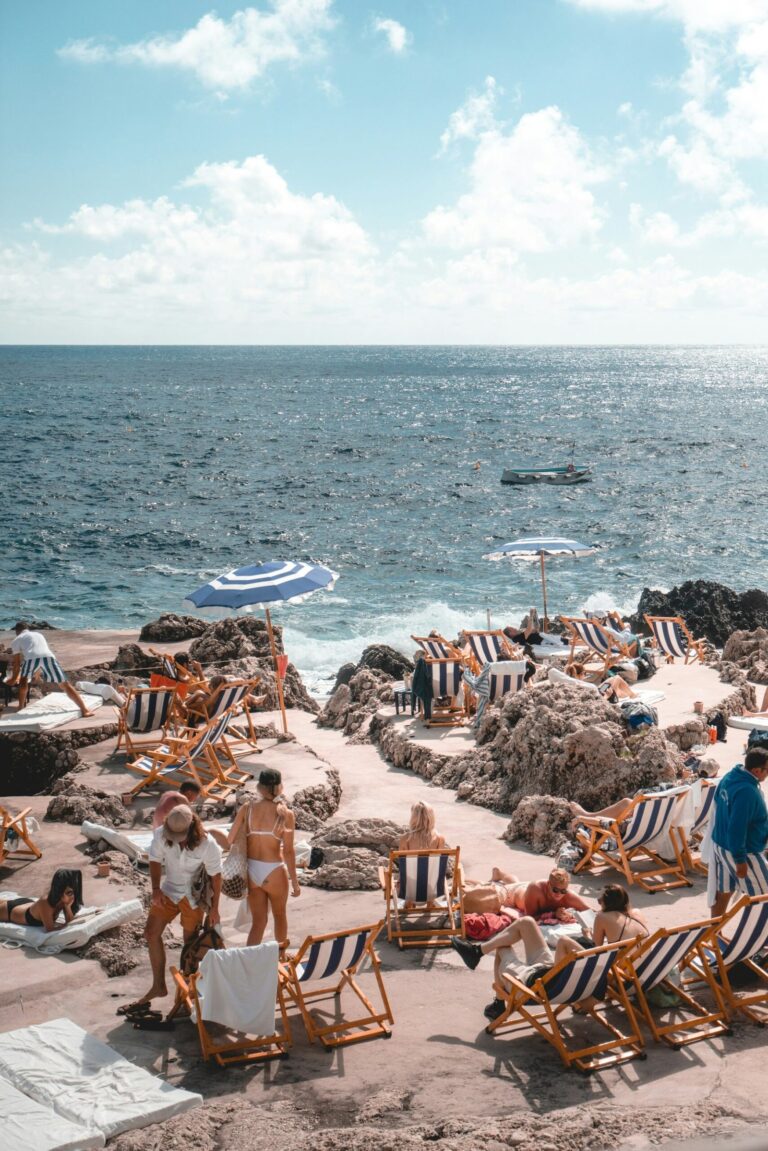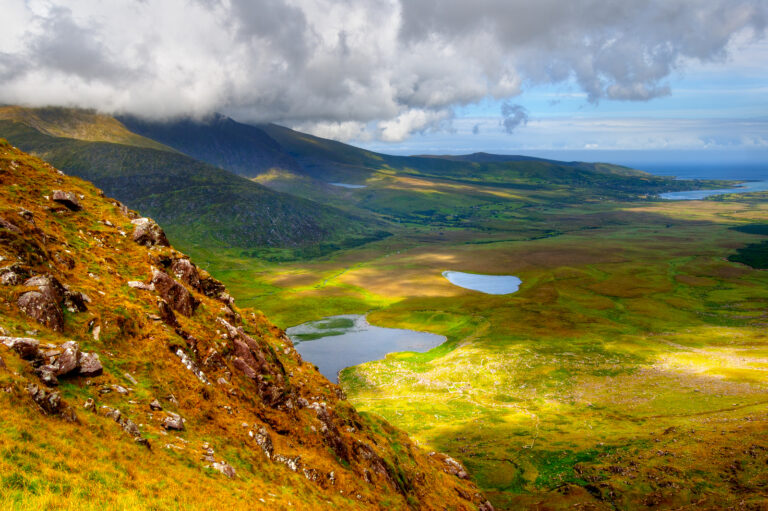Best Time to See the Northern Lights in Iceland: Your Ultimate Guide
Iceland is one of the most spectacular places to witness the Northern Lights, and knowing when to look for them can make all the difference.
The best time to see the Northern Lights in Iceland is from September to mid-April. This period offers the longest nights and the best chances for clear skies, perfect for experiencing this natural wonder.
As you plan your adventure, keep in mind that winter months bring not only the magic of the auroras but also unpredictable weather.
You’ll want to be ready for changes, as clouds can sometimes block your view. With the right information and a bit of patience, you can enjoy breathtaking displays of color dancing across the Arctic sky.
Understanding the Northern Lights
The Northern Lights, or auroras, are a breathtaking natural phenomenon that many travelers seek to witness. Understanding what they are and the science behind them enhances your appreciation of this stunning display.
What Are the Northern Lights?
The Northern Lights, known scientifically as aurora borealis, are bright, colorful displays seen in the sky, primarily around the Arctic and Antarctic regions. They appear as vibrant waves or curtains of light, typically in green, but can also show shades of pink, red, yellow, blue, and violet.
These lights occur when charged particles from the sun interact with Earth’s magnetic field and atmosphere.
The best times to observe them are during the winter months in places like Iceland, where long, dark nights provide optimal viewing conditions.
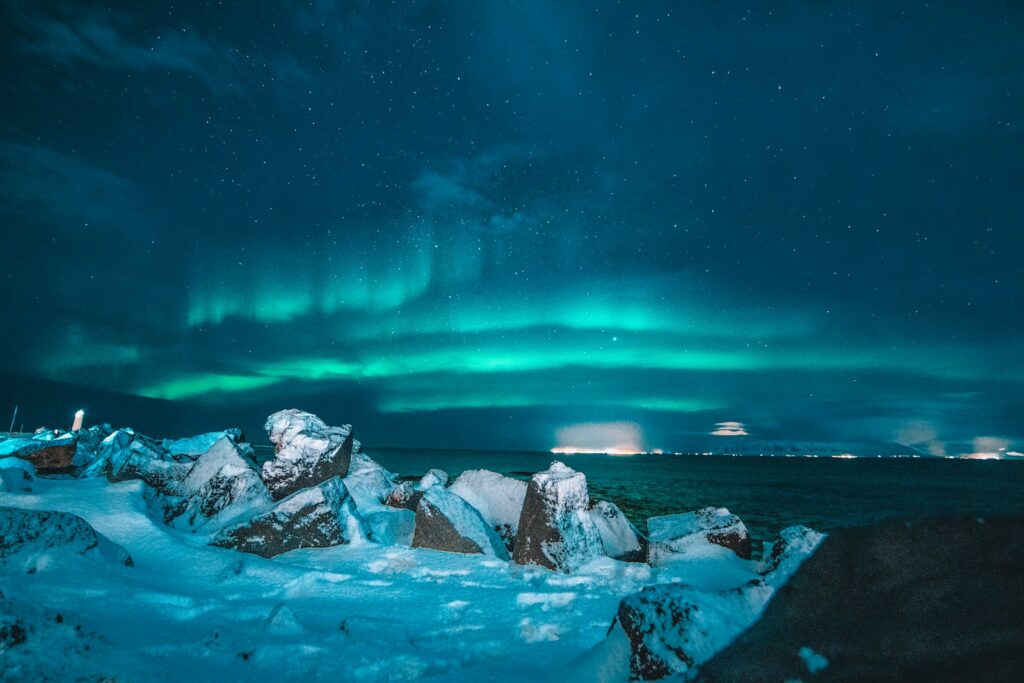
The Science Behind the Auroras
The captivating colors of the Northern Lights result from a complex interaction between solar wind and Earth’s magnetosphere. When the sun releases charged particles, they travel through space and collide with gases in the atmosphere, notably oxygen and nitrogen.
- Oxygen: When particles collide with oxygen at high altitudes (around 200 miles), you see red and green auroras.
- Nitrogen: At lower altitudes, collisions with nitrogen produce blue and purple hues.
These interactions occur most frequently around the poles, creating the stunning auroras that you can see in Iceland. The time of year, solar activity, and local weather can all influence your chances of witnessing this incredible spectacle.
Best Time for Northern Lights in Iceland
Experiencing the Northern Lights in Iceland depends on various factors, including the ideal months, solar activity, and the presence of darkness and suitable weather conditions. Here’s what you need to know to maximize your chances of witnessing this stunning natural phenomenon.
Ideal Months for Aurora Viewing
The best months to observe the Northern Lights in Iceland span from late September to early April. Among these, October, February, and March stand out as particularly favorable. During this time, the nights are longer and darker, providing ample opportunity to catch sight of the auroras.
In winter, the skies tend to be clearer, increasing your chances. Late September marks the start of the season when the darkness returns after summer.
As you plan your trip, keep in mind peak times around the equinoxes in March and September, as solar activity usually spikes then.
Importance of Solar Activity
Solar activity plays a crucial role in the visibility of the Northern Lights. The sun emits solar wind, which interacts with the Earth’s magnetic field, creating stunning displays. Each solar cycle lasts about 11 years, with peaks that increase auroral activity.
Monitoring solar activity forecasts can enhance your experience. Websites and apps provide current information on solar wind patterns and coronal mass ejections.
When solar activity is high, the chances of observing vibrant auroras increase significantly, elevating your chances of an unforgettable experience.
Darkness and Weather Conditions
Darkness is another vital factor for witnessing the Northern Lights. Ideally, you should aim for locations away from artificial light, such as urban areas. Seek out dark and clear-sky spots for optimal viewing.
Weather conditions also influence visibility. Although winter offers the best opportunities, it often brings clouds and storms that can obstruct your view.
Always check the local weather forecast and remain flexible with your plans. Dress warmly and be prepared for changing conditions to ensure your aurora-viewing adventure is enjoyable and successful.
Planning Your Trip
To ensure a fulfilling Northern Lights experience in Iceland, you’ll need to consider several key elements. This includes the timing of your trip, the best locations for viewing, and various tour options available.
When to Book Your Travel
The ideal time to see the Northern Lights in Iceland is from September to mid-April. Booking your trip early can help you secure accommodations and tours that suit your preferences and save you some money, as Iceland is not exactly cheap.
If you’re aiming for the peak viewing season, plan for late September to March. This period offers longer nights, increasing your chances of witnessing the aurora borealis.
Keep in mind that weather conditions can be unpredictable. Thus, staying for at least a week gives you multiple nights to check for clear skies.
Using flexible booking policies can also enhance your plans. You can often change dates or cancel if the forecast appears unfavorable.
Choosing the Perfect Location
Selecting the right location is crucial for a successful Northern Lights sighting. Reykjavik offers plenty of amenities, but heading out of the city will likely yield better results due to less light pollution.
Popular areas include:
- Thingvellir National Park: Rich in history and stunning landscapes, this park is a top choice.
- Snaefellsnes Peninsula: Known for its dramatic scenery, it’s also a remote spot for clear skies.
- Jokulsarlon Glacier Lagoon: The icy backdrop creates captivating visuals while you watch the lights.
Before finalizing a spot, check local light pollution maps to find darker areas. The more isolated you are, the better your chances for a great view.
Tour Options and Night Excursions
Participating in guided tours can enhance your Northern Lights experience. Many tours provide not just transportation but also expert guidance on the best viewing spots and Icelanders speak English very well.
Consider these tour types:
- Bus Tours: These are cost-effective and cover several locations in one night.
- Private Tours: For a personalized experience, these tours allow you to travel at your own pace.
- Photography Tours: If capturing the moment is a priority, these tours offer tips and equipment for stunning shots.
Be sure to check the inclusions of each tour. Look for extras like hot beverages, warm clothing, and expert photography advice. Always confirm your booking in advance, especially during peak season.
Photographing the Aurora Borealis
Capturing the magic of the Northern Lights requires the right equipment and techniques. With the right camera gear and a few tips, you can immortalize this breathtaking phenomenon in your photographs. By the way, Iceland is really safe, so you don’t need to worry too much about bringing expensive equipment, though of course general safety measures should be applied as anywhere in the world.
Camera Equipment Essentials
To photograph the Aurora Borealis, you need a camera that allows manual settings. DSLRs and mirrorless cameras are ideal for this. A wide-angle lens with a large aperture (f/2.8 or lower) is essential for capturing more light.
Tripod: Keep your camera steady with a sturdy tripod. The long exposures needed to capture the aurora require excellent stabilization.
Remote Shutter Release: This prevents any camera shake when pressing the shutter button. Alternatively, use the camera’s timer function.
Extra Batteries: Cold weather drains batteries quickly. Carry extra charged batteries to ensure you don’t miss a moment.
Tips for Nighttime Photography
Set your camera to Manual mode to gain full control over the settings. Start with these configurations:
- Aperture: Use f/2.8 or the widest available.
- ISO: Adjust between 3200 and 8000 based on available light.
- Shutter Speed: Experiment with speeds from 1 to 12 seconds. Start with 5 seconds and adjust as needed.
It’s best to focus manually. Look for a distant light source or use a flashlight to set focus before capturing the aurora.
Consider your white balance, setting it between 3500k to 4000k for warmer tones. Take test shots and adjust settings according to results.
Capturing the Lights’ Colors
The Northern Lights showcase vibrant green, pink, purple, and blue hues. To capture these colors authentically, pay attention to your white balance.
A lower setting will enhance the warmer colors, while a higher setting can bring out blues and purples.
Compose your shot thoughtfully. Include interesting foreground elements, like trees or rocks, for a more dynamic image. This adds depth and context to your photos.
Finally, embrace the unpredictability. Sometimes, the most remarkable shots occur when you least expect them. Keep shooting and enjoy the experience!
Maximizing Your Viewing Experience
To make the most of your Northern Lights adventure in Iceland, focus on staying warm and safe, utilizing technology for forecasts, and respecting local customs. These elements will enhance your experience, ensuring you enjoy the beauty of the aurora in comfort and safety.
Staying Warm and Safe
Layering is essential for staying warm while you wait for the Northern Lights. Start with a moisture-wicking base layer, followed by insulated layers like fleece or down. Finally, add a waterproof and wind-resistant outer layer. Don’t forget warm socks, gloves, and hats.
Bring along hand warmers for extra comfort. Be cautious about where you position yourself; avoid icy areas or steep slopes. Always let someone know your plans before heading into remote areas, in case you encounter any issues.
Apps and Forecasting Tools
Utilizing apps and forecasting tools can significantly enhance your chances of spotting the auroras. Popular options like Aurora Forecast, My Aurora Forecast, and Northern Eye provide real-time updates on aurora activity and cloud cover.
Check apps for local weather conditions, as clear skies offer the best visibility. Some apps even allow you to set alerts, notifying you when conditions are optimal. Make sure to download these apps ahead of time, ensuring you have access even in remote areas.
Icelandic Customs and Respect for Nature
Understanding local customs will enrich your experience in Iceland. For example, it’s customary to greet locals with a smile and respect their personal space.
When out enjoying the outdoors, follow the principle of “leave no trace.” Avoid disturbing wildlife and protect the delicate environment.
Be respectful of sacred sites and follow marked paths. Never graffiti or leave behind trash. Engaging with the environment responsibly deepens your connection to this breathtaking landscape while setting a positive example for future visitors.
Beyond the Lights
Iceland offers a wealth of experiences beyond the stunning display of the Northern Lights. During the daytime, you can explore exciting activities and immerse yourself in the country’s breathtaking natural landscapes.
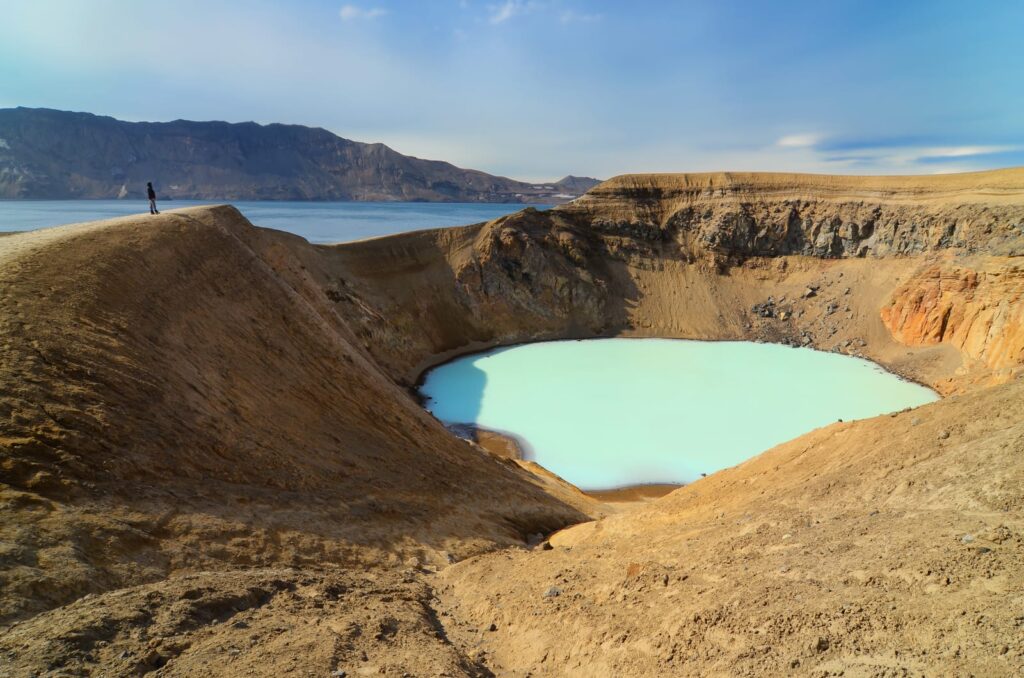
Daytime Activities in Iceland
When the sun is out, Iceland transforms into a playground of adventures. You can start your day by visiting the Blue Lagoon, a geothermal spa known for its milky-blue waters and rejuvenating minerals.
Popular daytime activities include:
- Hiking: There are numerous trails, such as those in Þingvellir National Park, offering varying levels of difficulty and stunning views.
- Whale Watching: Depart from Reykjavik for a chance to see majestic whales in their natural habitat.
- Snowmobiling: Experience the thrill of zooming across glaciers like Langjökull.
From cultural visits to museums and local cafes, your daytime in Iceland can be as thrilling or relaxed as you desire.
Exploring Iceland’s Natural Beauty
Iceland’s diverse landscapes are a sight to behold. You can explore stunning waterfalls like Gullfoss and Skógafoss, each with unique features and breathtaking backdrops.
Don’t miss these natural wonders:
- Geysers: Witness the Strokkur geyser erupting every few minutes in the geothermal area of Haukadalur.
- National Parks: Explore Vatnajökull National Park, home to Europe’s largest glacier and mesmerizing ice caves.
- Black Sand Beaches: Visit Reynisfjara, with its striking basalt columns and pounding waves.
Taking the time to appreciate Iceland’s natural beauty enhances your overall experience, providing unforgettable memories beyond the auroras.
Don’t forget to bring some typical Icelandic souvenirs from your once-in-a-lifetime trip to cherish these memories forever.


